
By Ivan Liachko, Ph.D – Founder & CEO, Phase Genomics
As we enter the era of personalized medicine, novel genomic technologies are enabling a much deeper understanding of the biology of individual people. Such knowledge improves our ability to detect and diagnose diseases, offering personalized treatments that leverage each person’s unique genetic makeup for maximum safety and efficacy. However, human biology is very complex, and – despite decades of advances in DNA sequencing and analysis methods – we have yet to realize the full promise of genomics-enabled personalized medicine.
To truly realize the benefits of genomics in healthcare, we must go beyond basic sequencing efforts that look at mutations or gene expression patterns, and study the higher-order structure of the genome, i.e. its organization and shape. These are known to drive many kinds of human diseases including cancer, autism, and infertility.
Phase Genomics has commercialized a new genome sequencing technology that enables us to look beyond the genetic code and characterize the higher-order organization of genomes. This technology, called “proximity ligation“, not only detects sequence differences. It enables us to identify and characterize changes in genome structure called “structural variation”, as well as patterns in the three-dimensional organization of the genome.
Phase Genomics has developed and commercialized several products that leverage proximity ligation in different research contexts. We are now combining the technology with deep learning to deliver new research and diagnostic capabilities for human disease.
The new, revolutionary approach currently in development at Phase Genomics combines deep learning with several other supervised and unsupervised machine learning methods to identify, recognize, and contextualize structural variants or other perturbations in a human genomic sample, based on recognizing structural signatures hidden deep within the proximity ligation data. Once variants are detected, they can be connected to the body of research and medical literature to provide actionable clinical information. The high-throughput nature of both the biological and computational underpinnings of this technology means that the approach is not only more effective than other methods; it is also faster, cheaper, and more scalable.
Phase Genomics will be announcing additional products delivering new dimensions of genomic insights into human disease in the coming months. For now, the research, development, and testing continue.
Built on Amazon’s AWS cloud computing and machine learning technology, and in consultation with 1Strategy – a leading cloud architecture and development firm – Phase Genomics’ proximity ligation plus deep learning technology is poised to open new frontiers in human clinical diagnostics.

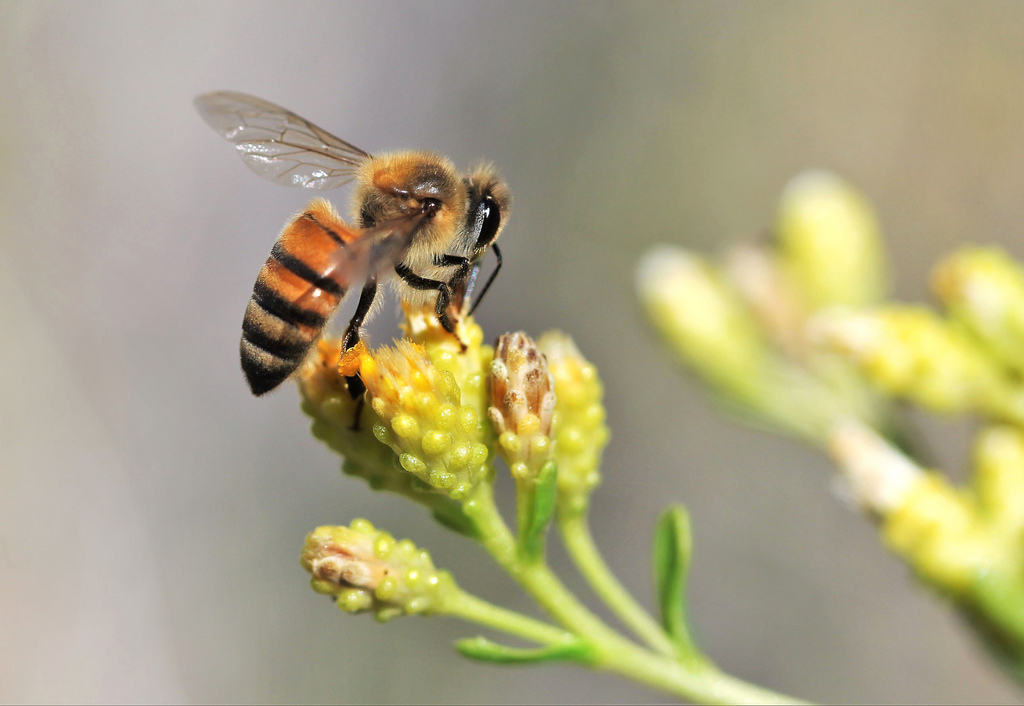
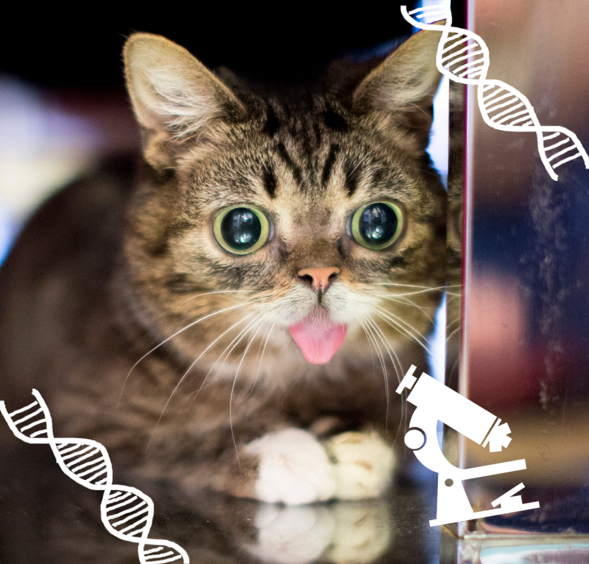





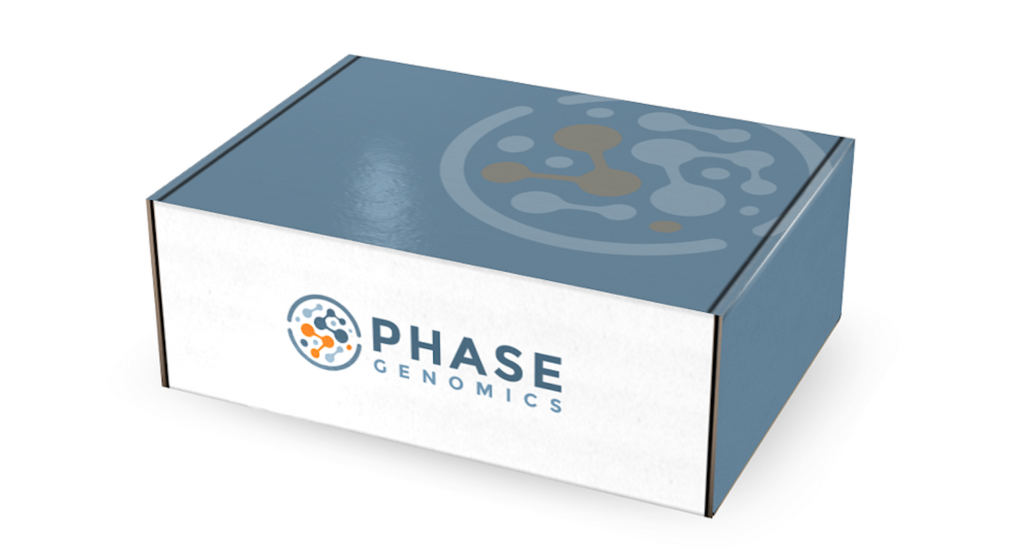



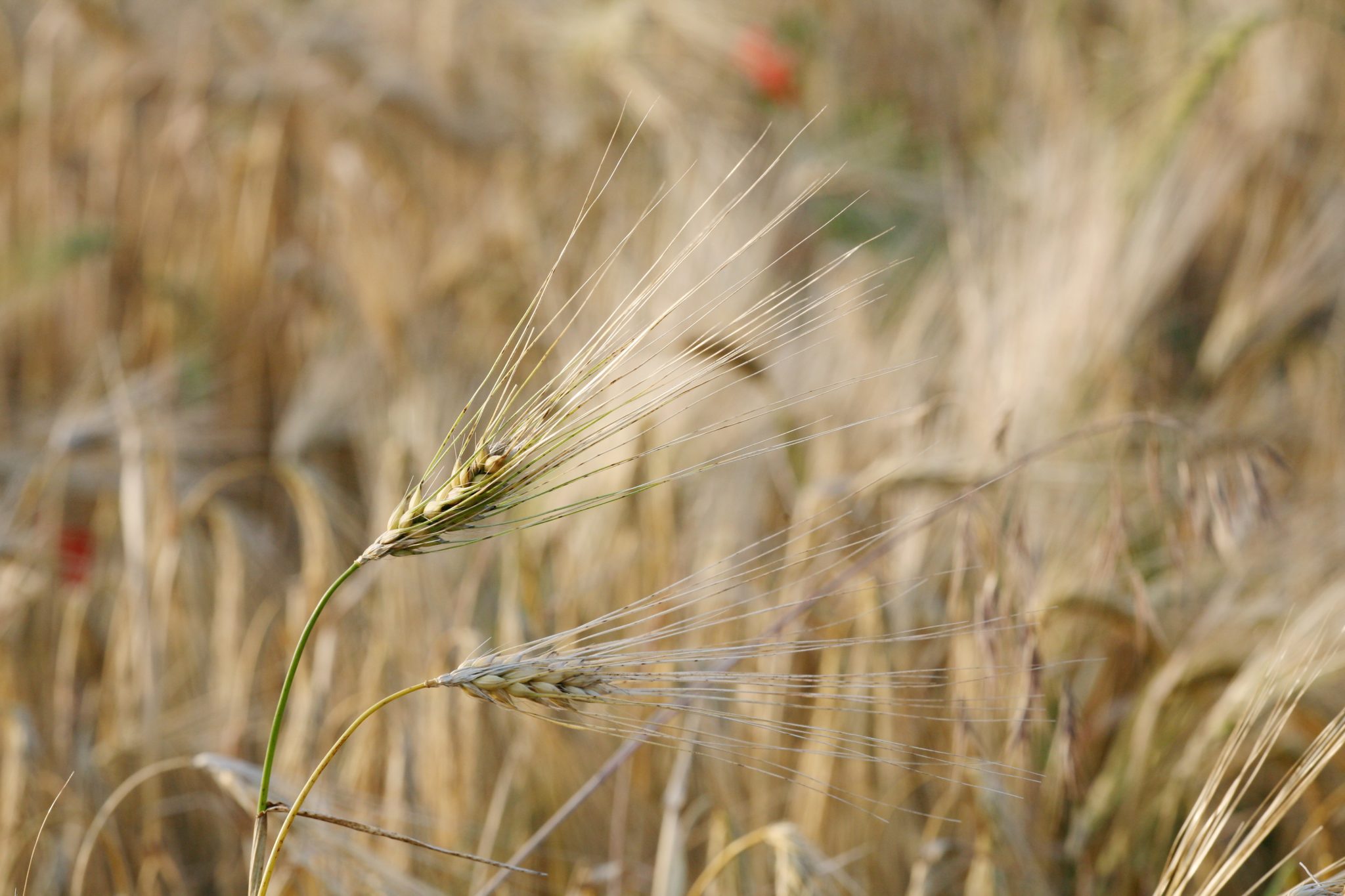
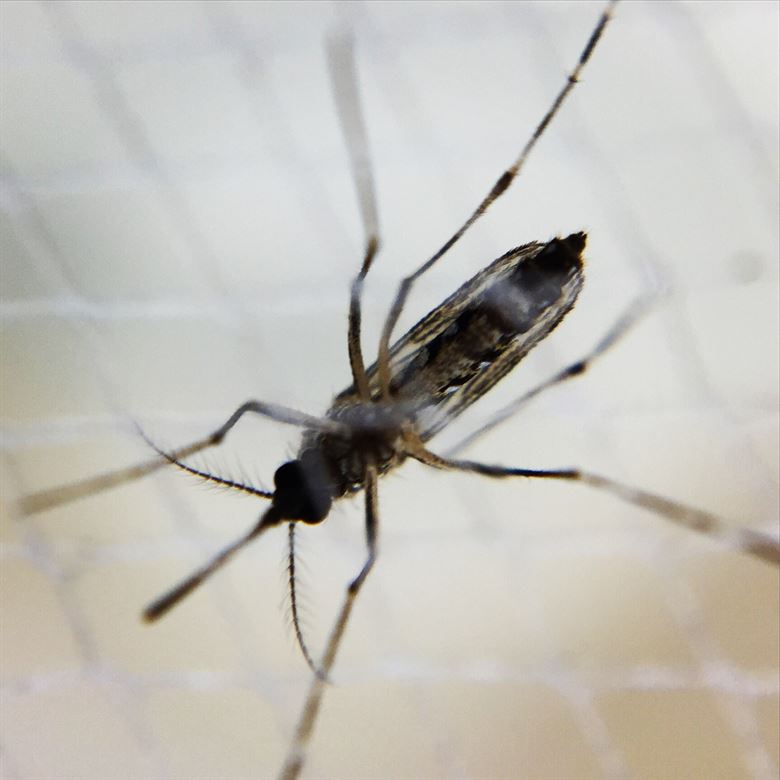
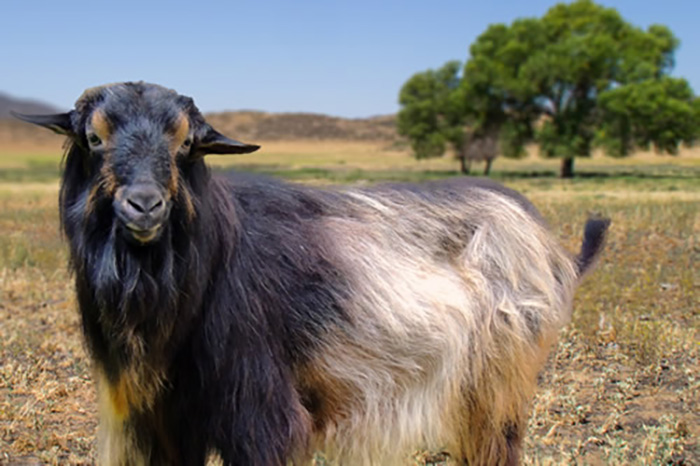
 Twitter
Twitter LinkedIn
LinkedIn Email
Email